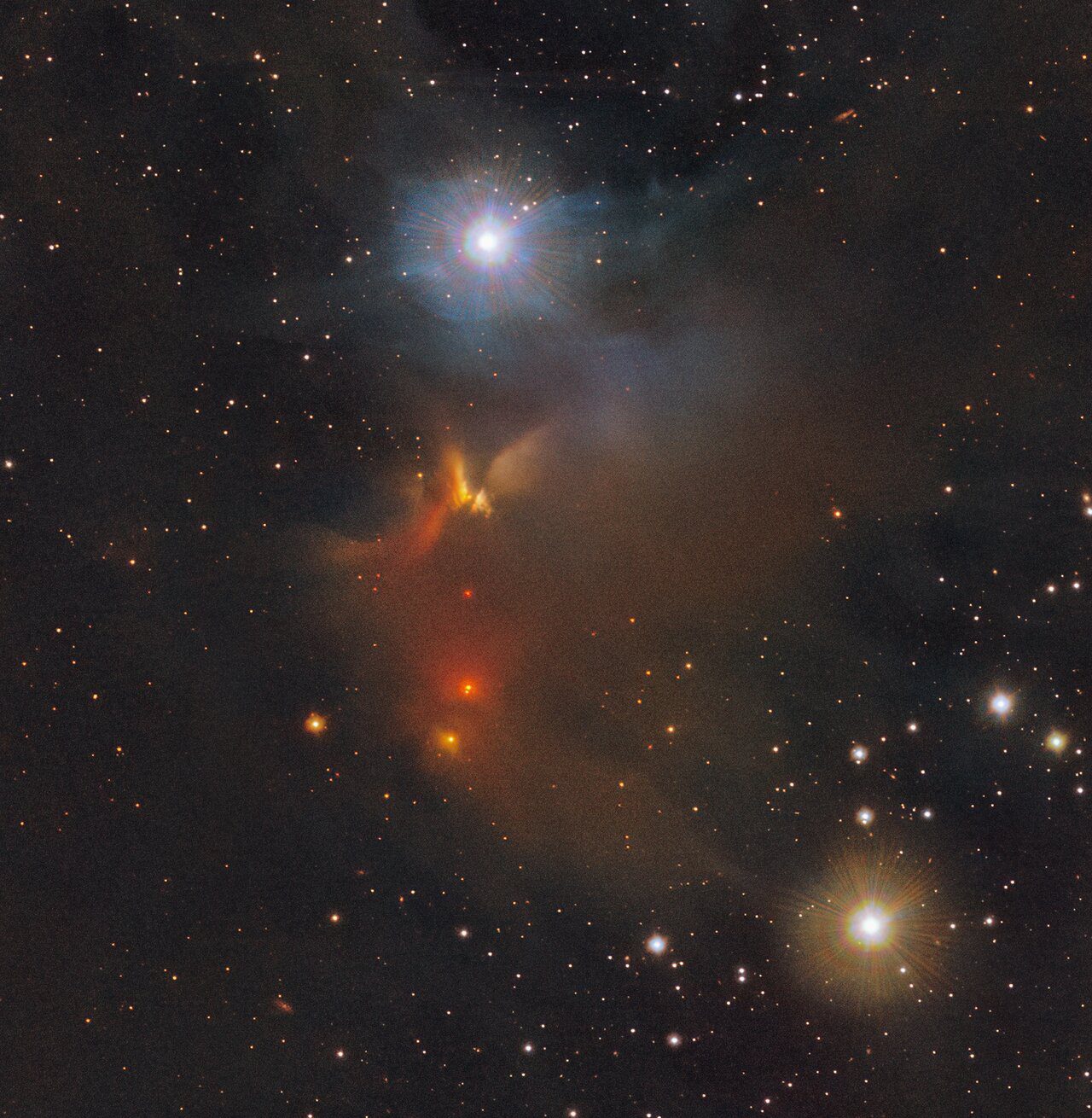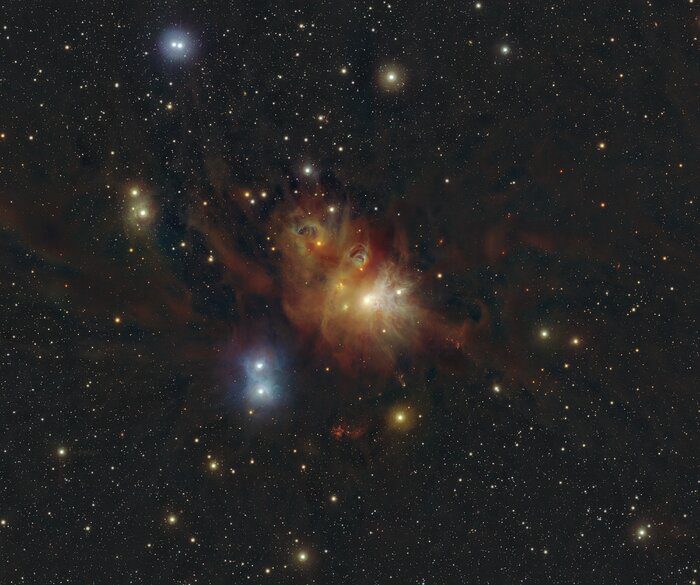Over five years of observation have resulted in an incredible infrared atlas of stellar nurseries, the vast clouds of gas and dust from which stars are born. These mosaics provide insights into stars in the making as well as fledgling stars and their motions. A truly remarkable achievement.
In the work, researchers piece together over one million images of the star-forming regions in the constellations of Orion, Ophiuchus, Chamaeleon, Corona Australis, and Lupus. The atlas will provide better answers to the many questions we have about the formation of stars and eventually of star systems. It is an extremely comprehensive work.
“In these images we can detect even the faintest sources of light, like stars far less massive than the Sun, revealing objects that no one has ever seen before,” lead author Stefan Meingast, an astronomer at the University of Vienna in Austria, said in a statement. “This will allow us to understand the processes that transform gas and dust into stars.”

The stellar nursery IRAS 11051-7706 in the Chamaeleon constellation. Some stars are seen still shrouded in the thicker parts of the cloud.
Image Credit: ESO/Meingast et al.
“The dust obscures these young stars from our view, making them virtually invisible to our eyes. Only at infrared wavelengths can we look deep into these clouds, studying the stars in the making,” explained co-author Alena Rottensteiner, a graduate researcher also at the University of Vienna.
Astronomers have used the Visible and Infrared Survey Telescope for Astronomy (VISTA), part of the European Southern Observatory (ESO). The project is called VISIONS, and focused on those stellar nurseries which are all less than 1,500 light-years from us.
“With VISIONS we monitor these baby stars over several years, allowing us to measure their motion and learn how they leave their parent clouds,” explains João Alves, an astronomer at the University of Vienna and Principal Investigator of VISIONS.

This image shows the regions around the Coronet star cluster in the Corona Australis constellation.
Image Credit: ESO/Meingast et al.
The measurement of motion is truly a feat and a half. The quality of the data is so high that it is equivalent to seeing a shift as small as a human hair from 10 kilometers (6 miles) away. The data is complementary to what the European Space Agency’s Gaia mission could have measured of the motion of the stars outside of the dust clouds.
“There is tremendous long-lasting value for the astronomical community here, which is why ESO steers Public Surveys like VISIONS,” added Monika Petr-Gotzens, an astronomer at ESO in Garching, Germany, and co-author of this study.
The VISIONS atlas is so vast that astronomers will spend years going through it, just in time for the ESO’s Extremely Large Telescope to come online at the end of the decade.
“The ELT will allow us to zoom into specific regions with unprecedented detail, giving us a never-seen-before close-up view of individual stars that are currently forming there,” said Meingast.
The new study is published in the journal Astronomy & Astrophysics.
Source Link: Mosaic Of 1 Million Images Creates Incredible Atlas Of Birthplace Of Stars